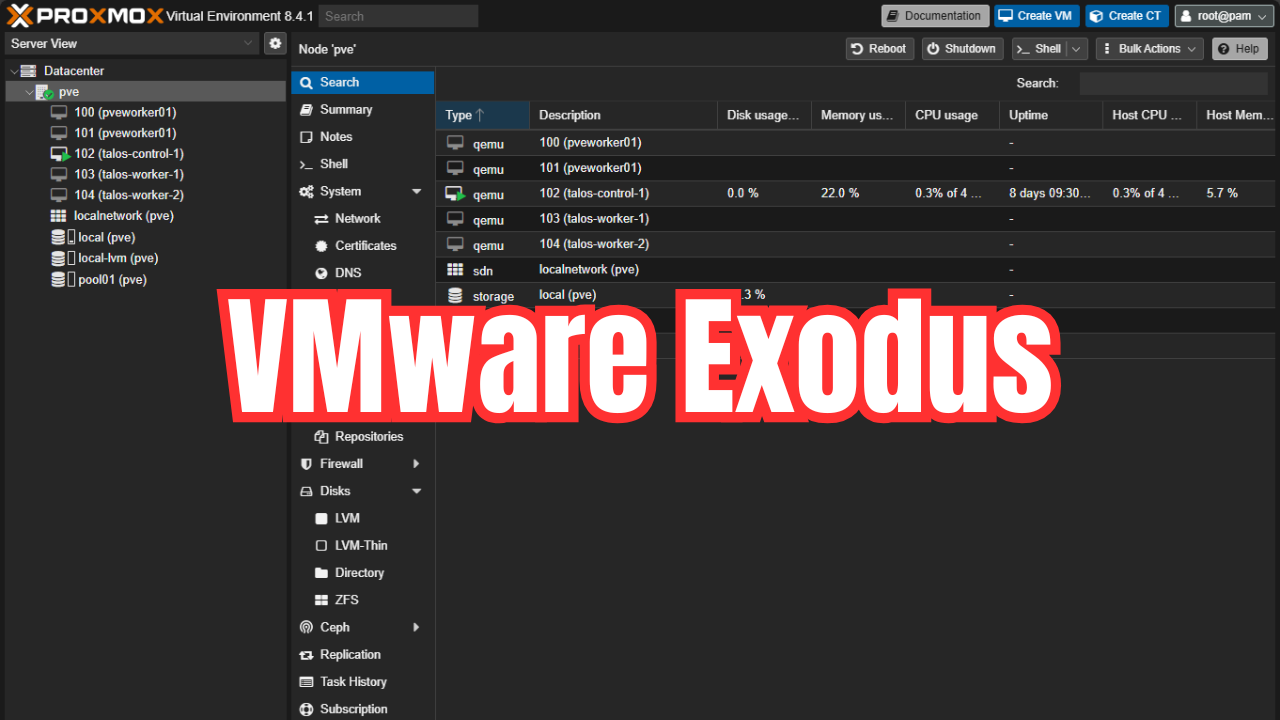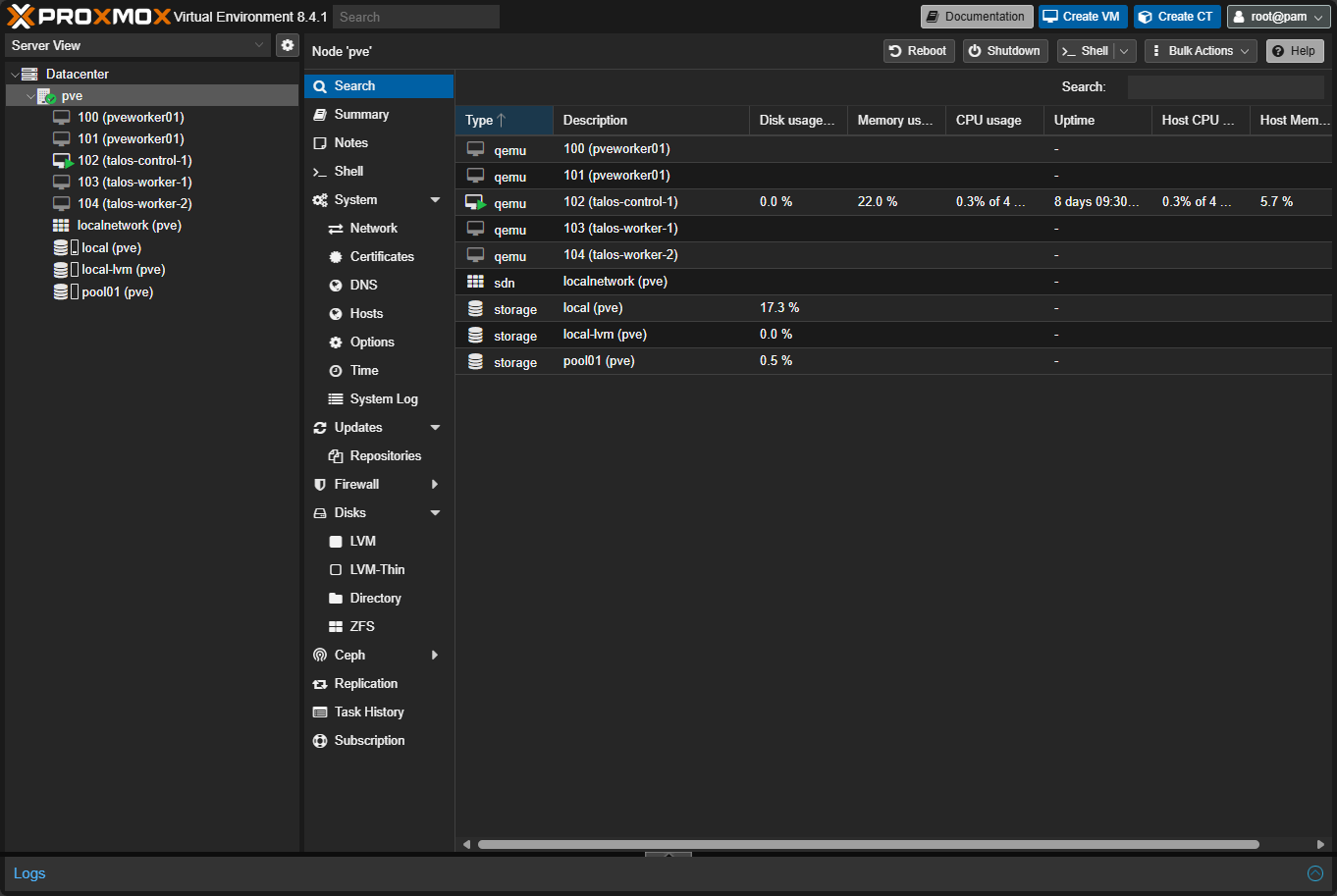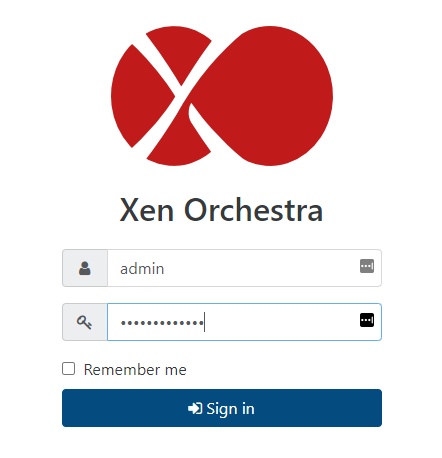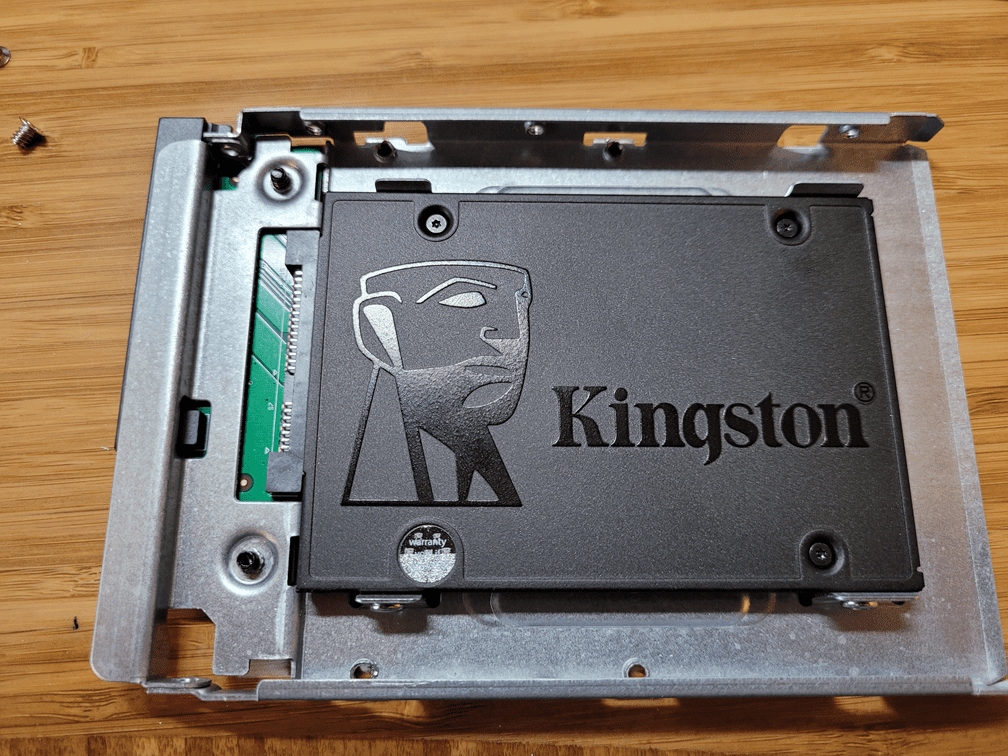We have seen/are seeing a seismic shift in the virtualization space after Broadcom completed the $61 billion acquisition of VMware in November 2023. What has followed has been a complete transformation in terms of price and licensing that has left many organizations looking for VMware alternatives. Let’s take a look now that it is mid-2025 at some of the events we are seeing around various industries.
The Broadcom Shockwave
There is no question that Broadcom has sent shockwaves throughout the virtualization space since the acquisition of VMware. Over 300,000 VMware customers have found themselves in an uncertain position. VMware has had a traditionally customer-centric model. However, that has changed with Broadcom and their aggressive profit-driven management style of the company.
The impact is measurable: according to a Foundry and CIO.com survey of over 550 enterprise IT leaders, over 56% of surveyed enterprises plan to decrease their use of VMware over the next year, with 71% actively looking at on-premises alternatives.
Real-world migration away from VMware: The Michelin story
While many organizations continue to look at alternatives, some have already made the change. Michelin’s platform engineering team completed a remarkable migration, moving 450 applications from VMware’s Tanzu Kubernetes Grid to an in-house platform which they have called Michelin Kubernetes Services (MKS).
The results speak volumes about what’s possible:
- 44% cost reduction achieved post-migration
- Six-month timeline from start to finish
- 42 locations now supported by their new platform
- 11-person engineering team managing the entire infrastructure
“By having the knowledge of working on the technology for a couple of years, we were able to move rather quickly out of Tanzu—maybe quicker than moving to another vendor solution,” explained Quennesson, one of Michelin’s engineers. The move to open source allows them to “start looking at the future and to what features had most value for our end users“.
I think this is an interesting story of what real-world companies are doing and why they are perhaps migrating away from VMware to open-source solutions.
KubeVirt is gaining steam as VMware alternatives
One of the very compelling alternatives to something like VMware as a hypervisor platform is KubeVirt. KubeVirt if you haven’t heard about it is a project that allows you to run full virtual machines in your Kubernetes cluster.
There has been “a multiple fold increase in adoption and usage of KubeVirt and its ecosystem over the last year“, according to Red Hat’s Mullick.
KubeVirt allows organizations to run virtual machines directly within Kubernetes clusters. This means teams can manage both containers and VMs using the same orchestration platform.
Why KubeVirt is Gaining Ground
Well, everyone is looking at Kubernetes. It is the defacto standard for running containers and is getting more and more mature at running virtual machines.
Note the following features it provides:
- Management: Run VMs and containers in the same Kubernetes environment
- Security: Leverage Kubernetes-native security policies across all workloads
- Cloud Portability: Deploy consistently across all major public cloud providers
- Migration Tools: Built-in capabilities for migrating VMware workloads
Red Hat has a Migration Toolkit for Virtualization, that is based on a community-driven Forklift project. It can inventory virtualization environments and perform both cold and warm migrations to the new platform.
Options for VMware alternatives
Let’s take a look at the alternatives to running VMware in the different spaces available out there.
Open-Source frontrunners
Proxmox VE has gained tremendous ground across many different verticals over the past couple of years. I would say that it started out as a home lab favorite. However, it has now started to gain ground in the enterprise due to the totally free and open source model and intuitive interface.
XCP-ng built on XenServer, XCP-ng is another alternative to VMware that arguably has one of the most VMware-like experiences with the Xen Orchestrator appliance being like a “vCenter” in a sense and the XCP-ng nodes management looking very similar to ESXi as well.
Commercial alternatives
Nutanix is known as the HCI solution that has long competed with VMware in the enterprise. Many organizations if they don’t run VMware in their datacenter are running Nutanix. Nutanix has seen exponential growth since the Broadcom acquisition of VMware.
Microsoft Hyper-V is a shoe-in as an enterprise alternative, especially in Windows-centric environments. It’s a cost-effective virtualization platform that integrates seamlessly with Azure for hybrid cloud setups. For organizations already invested in the Microsoft ecosystem, Hyper-V is a natural path and familiar management platform.
Cloud-Native Transformations
Many organizations are using this development as a opportunity for transition and embrace cloud-native architectures entirely. Public cloud platforms like AWS EC2, Azure Virtual Machines, and Google Compute Engine offer migration paths. This is especially the case for organizations ready to embrace cloud-first strategies.
Migration Considerations
There are many considerations that need to be made when thinking about migrating workloads from VMware to VMware alternatives. Below are a few of the factors to consider when thinking about moving to another solution.
Cost
While the promise of reduced licensing costs is enticing, migration isn’t free due to many reasons. Open-source platforms like KVM/Proxmox may reduce costs but might need additional effort from an engineer perspective. Organizations must factor in:
- Training for staff on new platforms
- Potential downtime during migration windows
- Tool replacement for monitoring and management systems
- Support contracts for commercial alternatives
Features
“There is no like-for-like replacement for the VMware hypervisor on the market”, according to Gartner analyst Paul Delory. Each alternative comes with trade-offs:
- Learning curves for new management interfaces
- Integration gaps with existing third-party tools
- Performance variations across different workload types
- Support ecosystem maturity differences
How do organizations migrate?
There are a few migration models to consider when organizations are decided whether or not to migrate to something other than VMware. Take note of the following migration models.
The Phased Migration Model
Smart organizations are adopting incremental approaches rather than big-bang migrations. This strategy includes the following:
- Pilot projects with non-critical workloads to run non business-critical workloads on something else
- Skills development on chosen platforms in a lab environment
- Gradual expansion as confidence grows by spinning up new workloads on a different platform
- Parallel operation during transition periods and keeping workloads or replicas in VMware for a time
Workload Assessment Framework
“The right alternative depends on specific needs: OpenStack for private cloud, OpenNebula for lightweight management, oVirt for traditional virtualization, KubeVirt for Kubernetes-managed VMs, or public clouds for scalability”.
Successful migrations start with comprehensive workload analysis:
- Application dependencies and integration requirements
- Performance characteristics and resource needs
- Compliance requirements and security postures
- Business criticality and availability expectations
The “after VMware” landscape
I think all-in-all, the VMware meltdown has forced “positive” change on many organizations, even if this is sooner than we all wanted. I think of it like what COVID did for businesses. It accelerated digital transformation out of necessity. The VMware by Broadcom development has accelerated the following:
- Cloud-native transformations beyond traditional virtualization
- Infrastructure as Code adoption for better automation
- Multi-cloud strategies to avoid future vendor lock-in
- DevOps integration with infrastructure management
Wrapping up
The saga continues. More large customers are moving away from VMware to either their own homegrown or open-source solutions as VMware alternatives. What about organizations you are affiliated with? Are you seeing the same types of Michelin stories from circles you are involved with or know of? I would be interested to hear your thoughts in the comments.
Google is updating how articles are shown. Don’t miss our leading home lab and tech content, written by humans, by setting Virtualization Howto as a preferred source.






